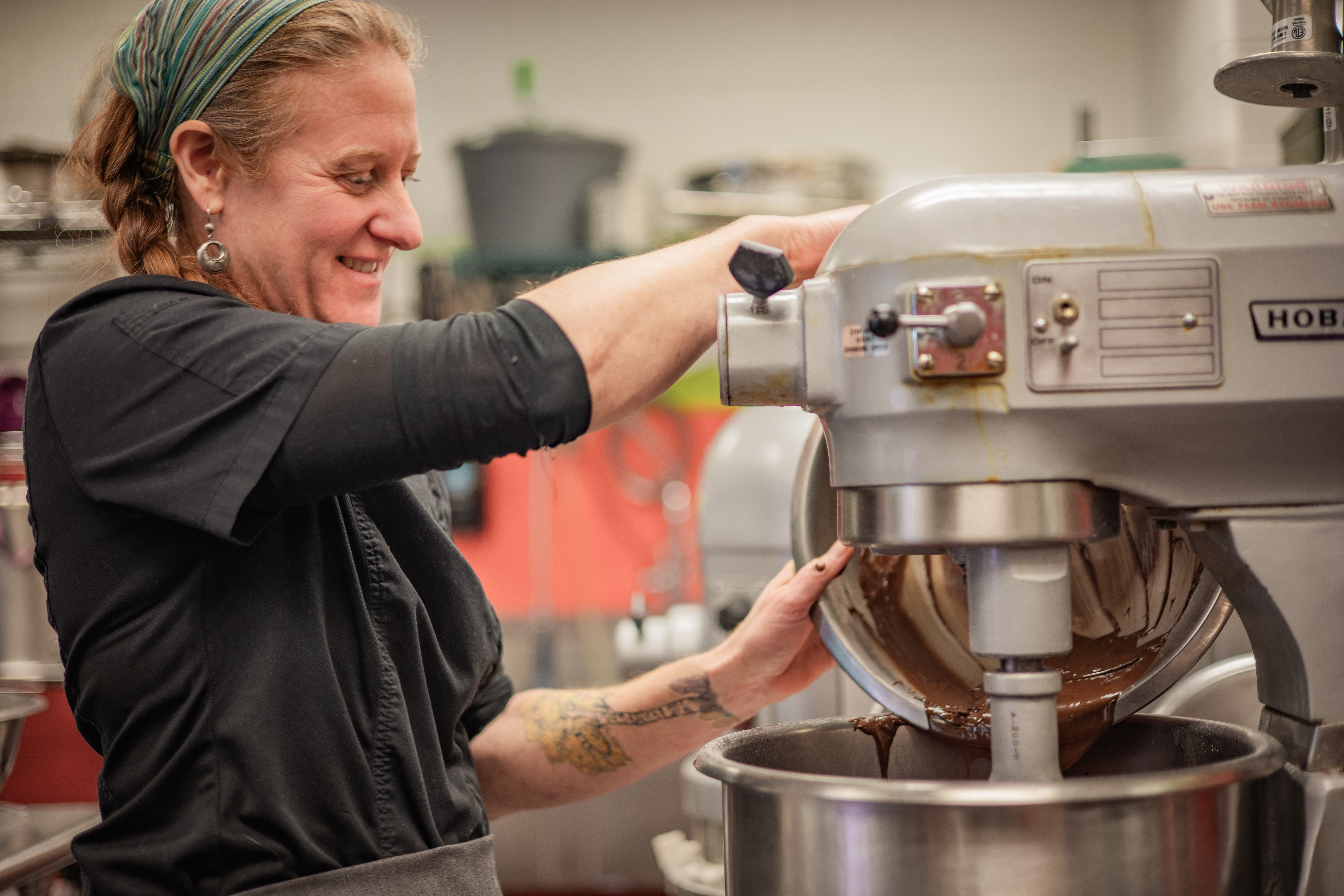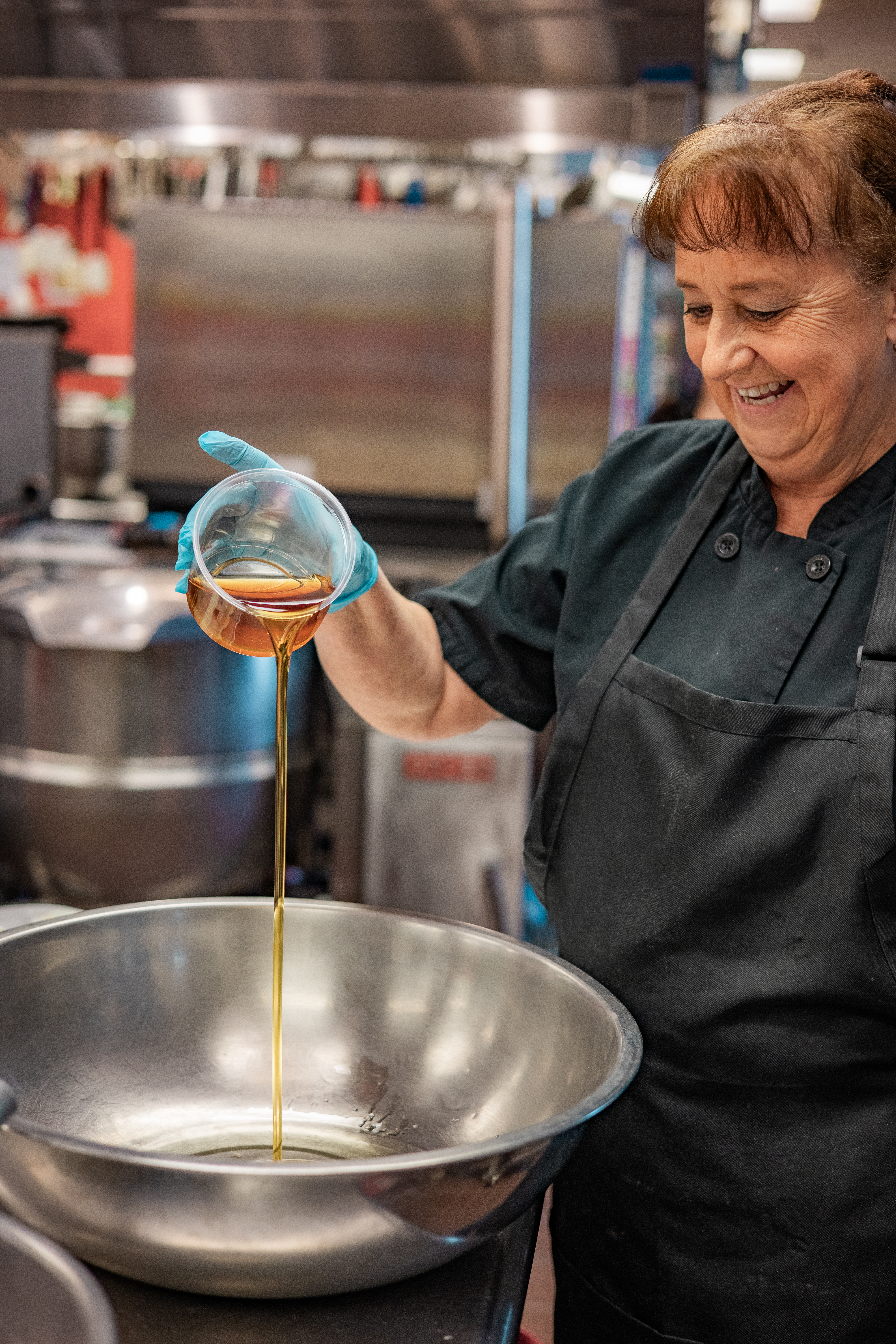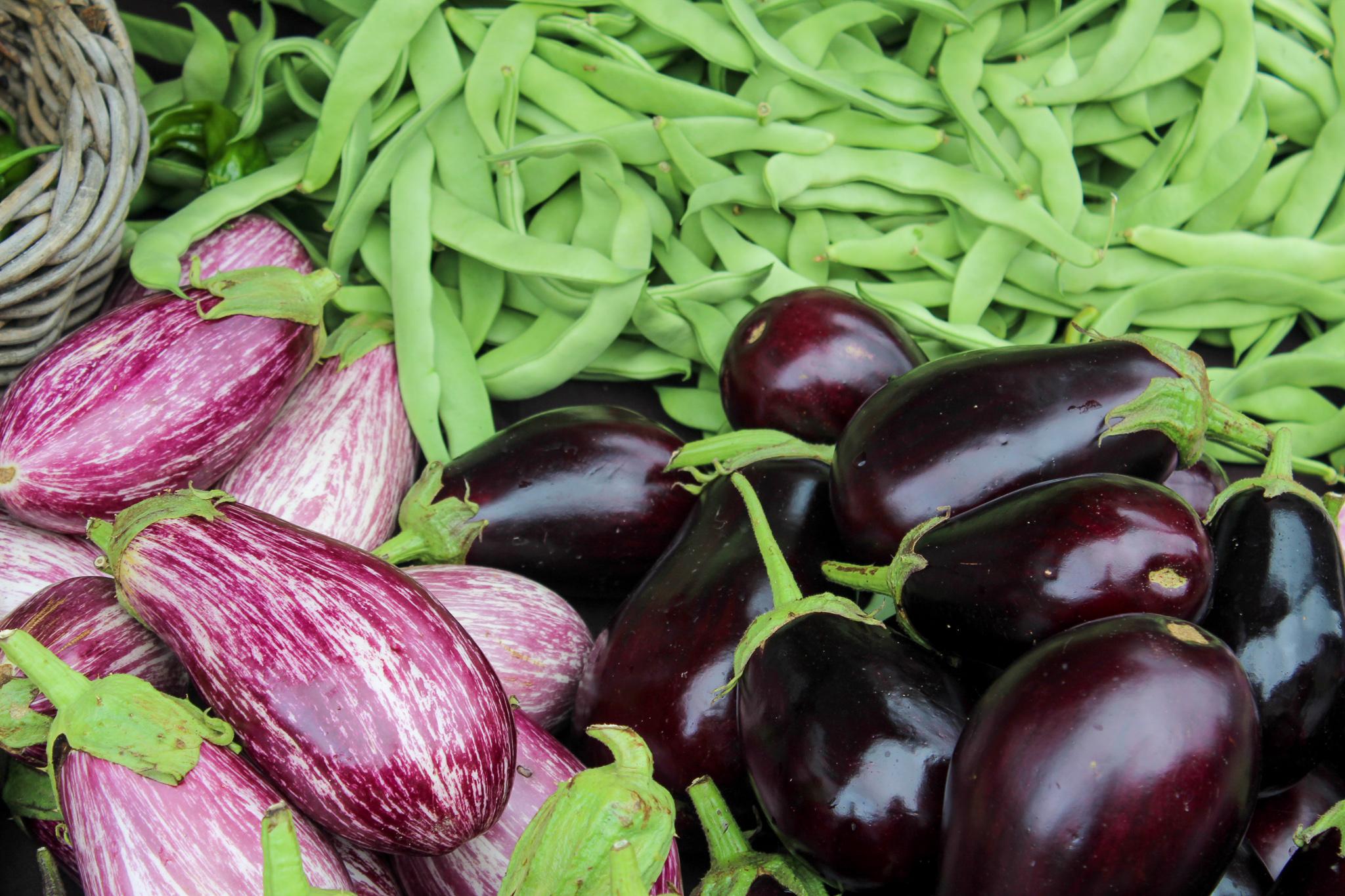July 14, 2025
Amid sweeping federal budget cuts, one recent decision has delivered an especially heavy blow to Vermont’s farm to school and early childhood community: the abrupt termination of USDA’s Local Food for Schools and Child Care (LFSCC) program. This program, an expansion of the 2022 Local Food for Schools (LFS) initiative, aimed to strengthen school meal programs by funding local food purchases. Despite enjoying broad bipartisan support across the country, LFSCC was quietly canceled this spring, leaving advocates, schools, farmers, and food hubs scrambling to make sense of the loss and its implications.
In Vermont, the termination was more than symbolic. It cut short a promising model that had already shown measurable success. The Vermont Agency of Agriculture, Food, and Markets had received $333,763 in 2022 through a USDA LFS cooperative agreement to increase schools' access to local and regional food. In an innovative move, the Agency distributed this funding as credits to each of Vermont’s 69 School Food Authorities (SFAs)—essentially the school food equivalent of supervisory unions—through one of four Vermont food hubs. This streamlined access to local food for all SFAs, while fostering long-term relationships between schools and food hubs that extended beyond the grant term. The results were impressive. During the 2023–2024 school year:
- All 69 SFAs received free local food via their assigned food hub
- Funding ranged from $1,000 to $13,400 per SFA, based on student enrollment
- 98% of food service directors surveyed reported a positive experience with their food hub
- 66 local farms made first-time sales to schools
- 90 schools became new local food buyers
- The top products purchased included apples, maple syrup, ground beef, and cheese curds
- 97% of participating farms were small businesses
- 147 farms benefited overall—90 from Vermont, and 57 from neighboring states
This infusion of federal dollars didn’t just bring more local food into cafeterias; it also helped Vermont schools leverage additional state support. The LFS program acted as a catalyst for schools participating in the Vermont Agency of Education’s Local Foods Incentive Grant Program (LFI), which rewards SFAs that meet the following local purchasing thresholds:
- At 15% local purchasing, SFAs are awarded $0.15 per meal served
- At 20% local purchasing, SFAs are awarded $0.20 per meal served
- At 25% local purchasing, SFAs are awarded $0.25 per meal served
This relatively new state program has already shown strong momentum. In its first year (2021), five (out of 69) SFAs reached 15% or more local purchasing. In the program’s second year, six achieved that threshold. But in the program’s third year in 2023–2024, thanks in part to LFS, the awardee count doubled to 12 SFAs. These 12 SFAs collectively spent $1.2 million on local food. This marked a tremendous achievement for Vermont students, farms, and our broader communities. With support from the LFS, SFAs were able to access and unlock additional support from the state, significantly strengthening their local purchasing power and enabling them to invest even more in their local communities— a shared goal for many of Vermont’s school buyers.

Together, the LFS and LFI programs demonstrated the power of aligned state and federal funding. They worked in tandem to build a more resilient local food system that supports schools, children, and small farms alike. The sudden termination of LFSCC, which was poised to provide an additional $1.2 million to Vermont and $660 million nationwide this year, has left a gaping hole in this progress.
The response to the news that this program was cancelled from Vermont’s farm to school community was swift. Within 48 hours of the announcement, 70 members of the Vermont Farm to School & Early Childhood Network gathered on an emergency call to express concern and strategize. Farmers, food hub operators, school nutrition directors, and early childhood providers spoke out about the vital role the LFS program had played.
“Thanks to LFS funds, we grew our business and provided food to local schools,” said Mary Skovsted of Joe’s Brook Farm in Barnet. “Losing this funding affects our ability to hire staff and expand production. It was a source of pride to supply fresh, organic food to our children’s schools.”
Julia Irish of Pitchfork Pickle in South Burlington noted, “We saw a substantial jump in schools ordering our products. The LFS program bridged the gap between school food budgets and the real cost of local food. Cutting it doesn’t make sense—it supported farmers, schools, and rural economies.”
Karyl Kent, School Nutrition Director at Lamoille North SU, reflected, “LFS funds allowed us to put fresh, local food on every lunch tray. Students noticed the difference—local carrots were sweeter, and apples, eggs, and dairy were appreciated. We saw less food waste as a result.”

Emily Ruff, Executive Director of Afterschool in Nature at Sage Mountain, added, “We were relying on our network of Vermont farms to support our program, which serves primarily low-income families. We’re devastated to lose this support, not just for feeding our kids, but for backing the farmers who make it possible.”
In the world of farm to school, which stitches together the three C’s of the classroom, the cafeteria, and the community, NOFA-VT finds an effective role in the cafeteria: supporting schools in local food purchasing, expanding access to fresh, local food for students, and building meaningful markets for Vermont farmers and food producers. We help schools access local food, connect with farmers and food hubs, and navigate the structural barriers that make local purchasing difficult. We also play a leadership role in the Vermont Farm to School & Early Childhood Network, providing backbone coordination, facilitating the Local Purchasing Action Team, and advocating for supportive legislation in the State House. Additionally, we serve as the sole statewide technical assistance provider for schools looking for support to increase their local purchasing. Through this role, having worked with most SFAs in the state over the past two decades, we have developed a clear understanding of the existing opportunities and complex challenges for both schools and farms in developing the K-12 market for local producers.

It will likely come as no surprise to hear that one of the most significant hurdles is the price point. Schools operate under constrained budgets. Farmers, particularly small-scale operations that receive far less governmental support and investment than corporate agri-businesses, survive on thin margins. Neither stakeholder has much flexibility to compromise on pricing. Without financial assistance to bridge the gap between fair prices and affordable food, this market simply cannot scale. While technical support and relationship-building are critical, dollars make the difference.
If we value farm viability, rural economies, and student nutrition, we must invest in programs like LFS and LFI to help level the playing field for our local producers. These initiatives don’t just feed kids, they generate powerful ripple effects across the state. Research has shown that every school dollar spent on local food generates an additional $1.60 in economic activity in Vermont. That money supports not just farmers, but food hubs, distributors, processors, and entire rural communities by keeping money circulating and growing in our state’s food economy.
The success of LFS and its synergy with state programs like LFI show what’s possible when policies align with values. And the cancellation of LFSCC has exposed how fragile that progress can be without sustained commitment. Both federal and state investment are essential to ensuring our students have access to high-quality, locally sourced food while sustaining small farms and food businesses across the state.
Thanks to the fast action by the Vermont Farm to School & Early Childhood Network, local advocates, and legislative champions, the Vermont Legislature secured $500,000 in one-time funding to help close the gap and sustain the progress achieved through Local Food for Schools (LFS) in the upcoming year. While this funding does not fully replace what was lost, it serves as a critical bridge for schools and farmers who had already planned around these anticipated sales. We are deeply grateful that Vermont is honoring its commitment to providing students with fresh, local food and thankful for the Vermont Farm to School & Early Childhood Network, legislative leaders, and countless Vermonters who mobilized quickly to secure this support.
But stopgap funding can only go so far. If we value farm viability, rural economies, and student nutrition, we must continue to advocate for permanent, reliable investments at both the state and federal levels. These programs don’t just feed kids—they generate lasting, local impact. Let’s build on what works and ensure that every child in Vermont can access fresh, local food at school.
NOFA-VT’s farm to school work is a collaborative effort in partnership with Shelburne Farms Institute for Sustainable Schools, known as Vermont FEED (Food Education Every Day). Vermont FEED provides network and advocacy leadership, educational resources, and professional development to an evolving farm to school movement — involving hundreds of school communities and producers across the country — in order to increase equitable access to local, nourishing food and strengthen food, farm, and nutrition education.
If you're interested in learning more and finding ways to get involved, we invite you to connect with The Vermont Farm to School and Early Childhood Network.
Photos of the WNESU Farm to School Cafe team by Kimberly Kaufman

